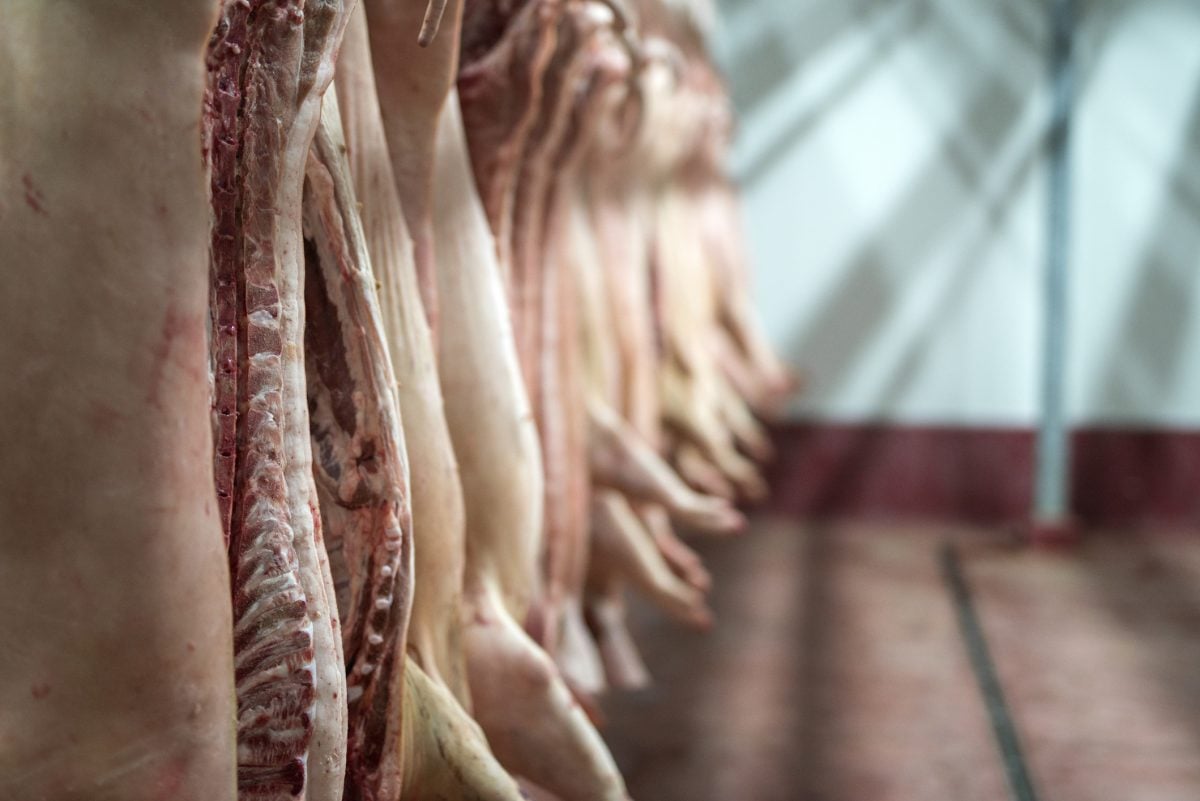Winnipeg, Feb. 4 – Corn and soybean futures on the Chicago Board of Trade ended mostly higher during the week ended Feb. 4.
Soybean futures saw slight gains, while the advances in corn were more exaggerated. A sharp rally on Feb. 3 lifted both markets to end higher for the week, with speculative short covering amid temporary U.S. dollar weakness behind those gains.
But, the recent strength will be short lived, according to market analysts.
“We have a record amount of supplies coming on line by March 1,” said Terry Reilly, senior analyst with Futures International in Chicago.
Read Also

U.S. livestock: Cattle slip back, hogs gain
Chicago cattle futures slipped back on Friday after Thursday’s pause. Hog futures crept upward. Most-active December live cattle futures closed…
“We have good precipitation across the northern Hemisphere in general, which is setting up for large crops to come out of China and India, and eventually Europe and North America.”
“So, I am not exactly bullish these prices unless demand picks up from major importers such as China, and the southeast Asian regions for feed grains,” he added.
Demand news was fairly quiet in early February and U.S. corn and soybeans are expected to face stiff competition from South American supplies that will be harvested soon.
South American corn and soybean crops are expected to be large, with further confirmation expected to come from the USDA’s monthly supply and demand report on Tuesday, Feb. 10.
“The supply and demand report will reveal if the USDA starts to develop a bias towards whether the crops will be higher or lower for Brazil and Argentina, in particular for soybeans,” Reilly added.
But, overall it’s generally a benign report, as not much is likely to change compared to the last report, he said, adding that the next area of focus will be the 2015-16 US crops.
“I think what traders are starting to focus in on is the pricing by producers to hedge new crop, and finalize planting decisions this month,” said Reilly.
Because prices are still looking more attractive for soybeans, it’s likely that farmers will increase their bean acreage this spring, while decreasing the area they plant to corn.
The ratio between corn and soybeans is still favouring beans, as the price for new crop is about 2.3 times higher than corn, Reilly said.
“I think you are going to have to get down below the 2.2 or 2.1 area to see some producers maybe change their minds about planting a very large amount of beans, and switch back to corn a little bit,” Reilly added.













